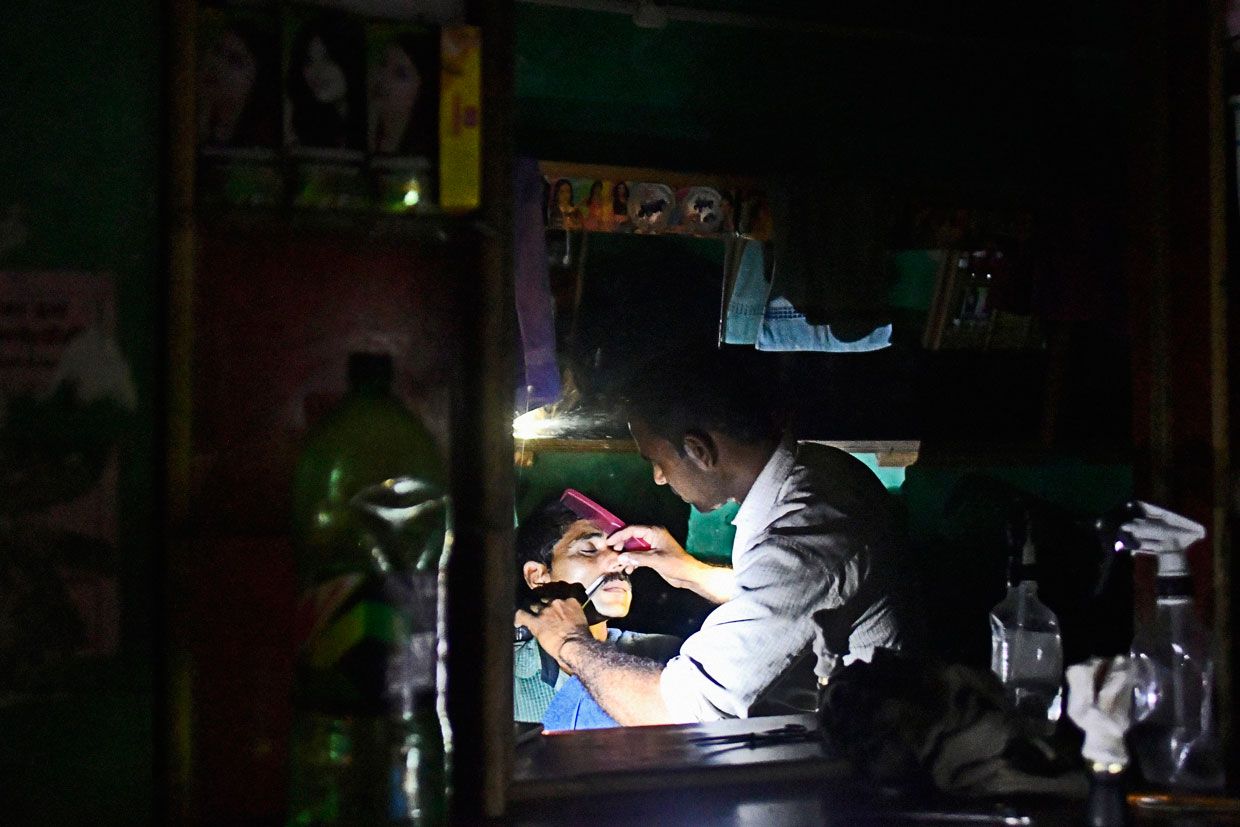A Power Line to Every Home: India Closes In on Universal Electrification
Prime Minister Narendra Modi vowed to electrify every household, but gaps remain in rural India
Indian prime minister Narendra Modi is crisscrossing his country, declaring that his government has eliminated the nation’s persistent electrification gap. Modi hopes this potent political message will help propel his party to another victory in India’s April and May national elections.
But energy experts and entrepreneurs advise taking the party’s electrification claims with large lumps of salt—particularly any assertions of a nonstop power supply. “Supply quality has improved over time. But 24/7? Definitely not,” says Johannes Urpelainen, who runs the Initiative for Sustainable Energy Policy (ISEP) at Johns Hopkins University, in Baltimore. He visited Indian villages in January where power flowed just 2 hours daily.
Roughly 300 million citizens lacked power when Modi was elected in 2014. At first, he reaffirmed his predecessor’s goals of bringing power to every village and hooking up their health and community centers and schools by 2018. Then Modi upped the ante in 2017, vowing to plug in every household in India by this year.
More than 25 million households received a free or heavily subsidized link to the national grid and its big generating stations under Modi’s new effort, dubbed Saubhagya, which is Hindi for “good fortune.” This pushed the percentage of electrified households in India to 99.99 percent according to the project’s online dashboard.
The government’s statistics, however, overlook some serious gaps. Recent surveys by ISEP in four northern states identified many villagers who failed to apply for or receive a connection.
Many rural enterprises, which were not offered discounted connections, also remain without power. That’s a missed opportunity since businesses are an engine for development. Some research has even questioned the benefits of residential electrification, notes Catherine Wolfram, an energy policy expert at the University of California, Berkeley. “There’s reason to believe that connecting enterprises would lead to more economic gains than connecting households,” she says.
Wolfram calls Modi’s electrification push a “huge achievement,” but she says it could be 5 to 10 years before Saubhagya’s success transforms rural life in India. “Getting all that equipment to remote villages is impressive. Getting electricity to actually flow over the wires is another challenge,” says Wolfram.
India has plenty of generation available and decent distribution infrastructure. The challenge is primarily economic: freeing debt-ridden power distributors and their cash-strapped consumers from a self-reinforcing cycle of low power demand, low distribution revenues, and poor reliability.
Villagers who got new connections are unlikely to plug much in for the foreseeable future. For most, appliances such as refrigerators and fans are prohibitively expensive, so the grid will likely power just a few lights and charge phones. And, despite such low usage, many villagers may struggle to pay for it along with their monthly service fee. There is a risk that electrification may backslide as state grid companies disconnect households that fail to pay.
Weak revenues for state distribution companies that must maintain Modi’s grid expansions may, in turn, lead to more rolling blackouts and low-voltage conditions. In other words, the self-reinforcing negative feedback loop that already afflicts India’s rural power systems may require a more targeted fix.
Urpelainen of Johns Hopkins offers one: a national power-quality monitoring system to hold the government and distributors accountable. With such a system in place, “anybody in India could look at how their village is doing relative to the rest of the country,” he says.
Pune-based consumer advocate Prayas Energy Group is proving the power-monitoring concept via a network of several hundred sensors across India. And ISEP is separately developing cheaper Internet-connected sensors that Urpelainen estimates could be deployed in 100,000 villages to create a high-resolution nationwide network for less than US $20 million.
One group that is not pushing for a quick grid reliability fix is India’s entrepreneurial solar-power suppliers, for which rolling blackouts offer a lifeline. Less than 2 percent of households electrified via Saubhagya received a home solar system in lieu of a regional grid connection. Urpelainen, Wolfram, and other energy experts say that extending the grid was cost effective for rural India, which is densely populated compared with, for example, Africa’s powerless regions. “Most unelectrified villages were in areas where the grid was nearby,” says Urpelainen.
But rather than being killed off by Modi’s grid build-out, off-grid solar providers are pivoting to survive as a reliable backup for those village residents who can afford to pay more for better service.
One example is the Kolkata-based Mlinda Sustainable Environment, which operates 25 village-scale solar minigrids in Jharkhand. Vijay Bhaskar, Mlinda’s managing director, says they provide two services that most village grids do not: round-the-clock supply as well as the three-phase electricity needed to run heavy machinery. As Bhaskar puts it: “We work to increase demand mainly on the productive side that improves livelihoods and incomes.”
This article appears in the April 2019 print issue as “India Races Toward Universal Electrification.”
Peter Fairley has been tracking energy technologies and their environmental implications globally for over two decades, charting engineering and policy innovations that could slash dependence on fossil fuels and the political forces fighting them. He has been a Contributing Editor with IEEE Spectrum since 2003.
